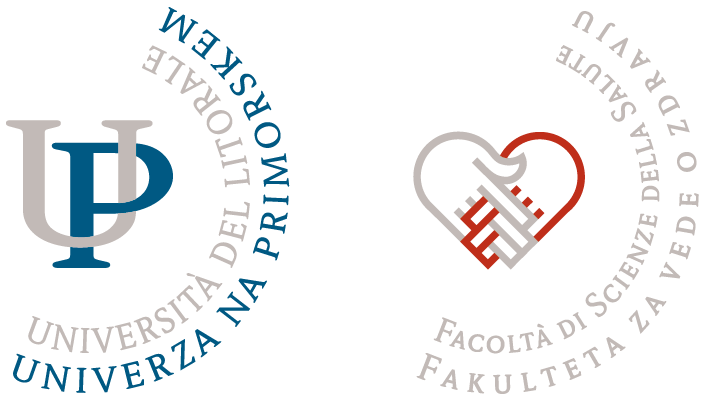Content
- Lectures: 30 hours
- Independent work: 60 hours
Subject carrier
Description
BLOOD AND BODY FLUIDS
composition and main functions of blood, blood groups, immune response of organism
HEART AND CARDIOVASCULAR SYSTEM
main elements of cardiovascular system, blood vessels, haemostasis – stop bleeding,
cardiac cycle, blood flow through the heart, differences in cardiac muscle and change of pressure in large veins, venous system, microcirculation,
regulated bloodstream
RESPIRATORY SYSTEM AND BREATHING
pulmonary ventilation, lung volume and capacity, alveolar ventilation, gas exchange in lungs and tissues, transmission of gases in blood, regulation of breathing
URINARY SYSTEM
kidneys (nephron function), mechanism of urine formation, glomerular filtration, reabsorption in tubulus, urine and urination,
maintenance of concentration of electrolytes and volume of body fluids
NERVOUS SYSTEM
organization and functioning of the nervous system, peripheral nervous system, somatic nervous system, vegetative or autonomic nervous system, sensory nervous system, higher nervous activity, synapse
MUSCULAR TISSUES AND MOTOR SYSTEM
skeletal, cardiac, smooth muscle tissue, neuromuscular junction, structure of neuromuscular junction, motor units and their activation, neuromuscular transmission, mechanism of sliding filament
NUTRITION AND DIGESTION
food ingredients, digestion, mechanical activity of the gastrointestinal tract, secretory activity of the gastrointestinal tract, the role of liver in digestion, the role of bile in digestion, the role of enzymes and hormones of pancreas in digestion, balanced diet-health condition,
metabolism regulation
ACID AND BASIC BALANCE
ENDOCRINE SYSTEM
hypothalamus and functioning of hypophysis, pineal gland or pineal body or conarium, thyroid, adrenal gland, pancreas, placenta, hormone-like substances, thymus
REPRODUCTION
triggering factors of puberty, regulation of sexual function, menstruation, pregnancy, childbirth, menopause

